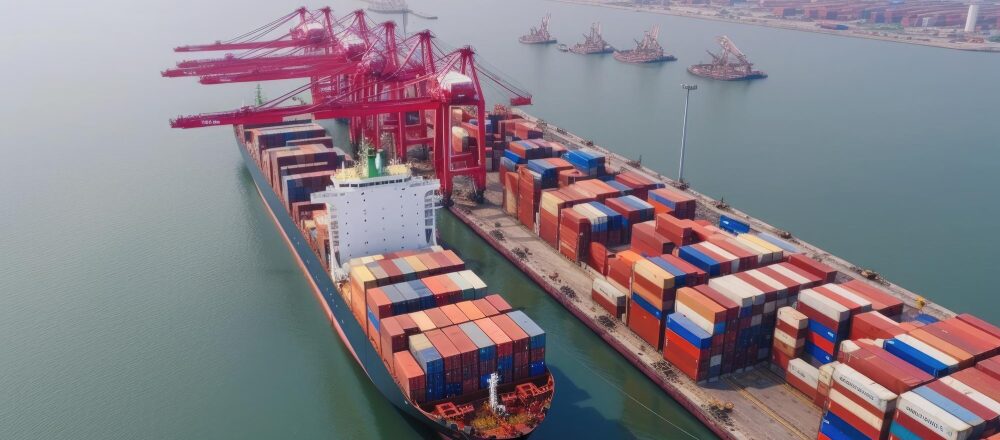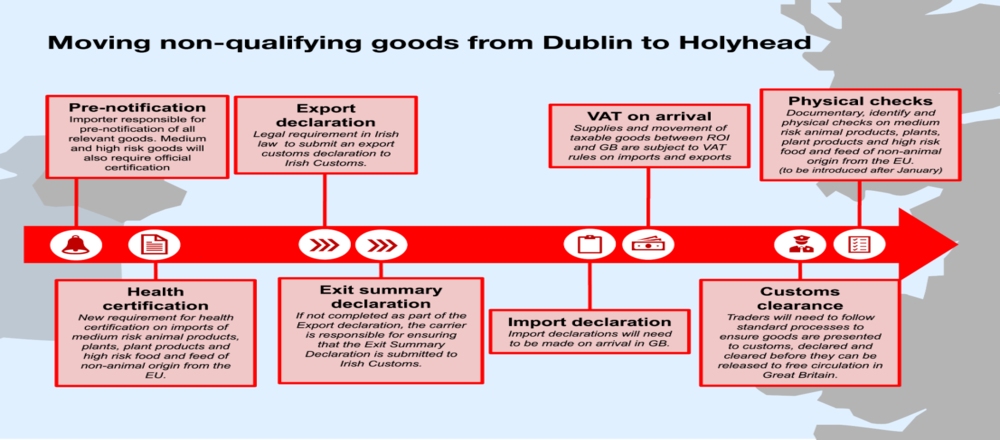Key BTOM Checks May Be Skipped If UK Ports Face Congestion Information obtained by the Financial Times suggests that there’s a chance animal products coming into the UK from the EU might not undergo the required BTOM checks. These checks might be bypassed if British ports get too busy due to the application of the… Continue reading Key BTOM Checks May Be Skipped If UK Ports Face Congestion
Key BTOM Checks May Be Skipped If UK Ports Face Congestion




